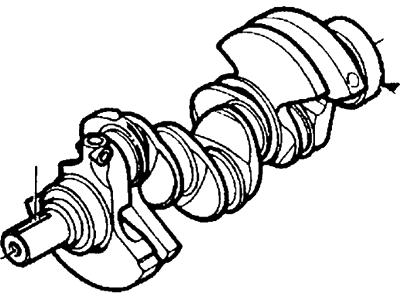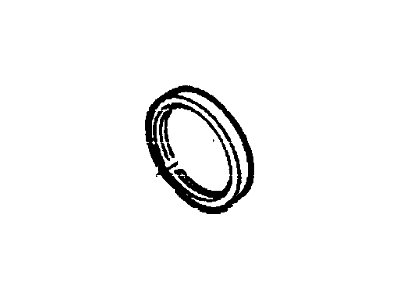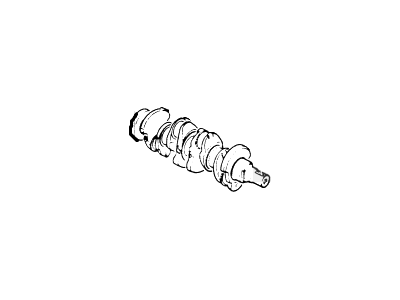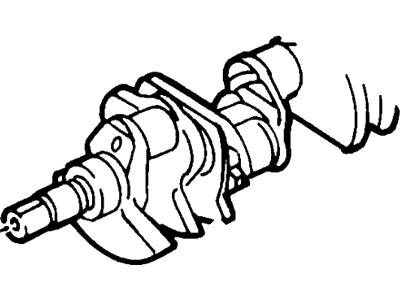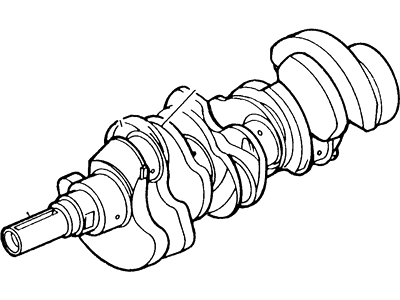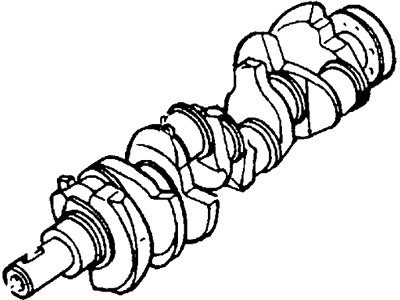

My Garage
My Account
Cart
Genuine Ford Thunderbird Crankshaft
Crank Shaft- Select Vehicle by Model
- Select Vehicle by VIN
Select Vehicle by Model
orMake
Model
Year
Select Vehicle by VIN
For the most accurate results, select vehicle by your VIN (Vehicle Identification Number).
13 Crankshafts found
Ford Thunderbird Crankshaft
We provide a wide range of Ford Thunderbird Crankshaft at the best prices possible. If you need Ford Thunderbird Crankshaft, you can shop with confidence on our website. All our OEM parts come with a manufacturer's warranty and are delivered to your door step with a fast delivery service.
Ford Thunderbird Crankshaft Parts Questions & Experts Answers
- Q: How should the crankshaft be removed on Ford Thunderbird?A:The crankshaft can only be removed after the engine has been taken out of the vehicle, assuming that the flywheel or driveplate, vibration damper, timing chain, oil pan, oil pump, and piston/connecting rod assemblies have already been detached. Before removal, check the endplay by mounting a dial indicator with the stem aligned with the crankshaft and touching one of the crank throws. Push the crankshaft to the rear and zero the dial indicator, then pry it to the front and check the reading; the distance moved indicates the endplay. If it exceeds specifications, inspect the crankshaft thrust surfaces for wear, and if no wear is found, new main bearings should resolve the issue. If a dial indicator is unavailable, feeler gauges can be used by pushing the crankshaft to the front and slipping the gauges between it and the thrust main bearing to measure clearance. Check the main bearing caps for markings indicating their locations, ensuring they are numbered consecutively from front to rear; if not, mark them with number stamping dies or a center punch near one of the bolt heads. Main bearing caps typically have a cast-in arrow pointing to the front of the engine. Loosen each cap bolt a quarter turn at a time until they can be removed by hand, gently tapping the caps with a soft-face hammer if needed, and using the bolts as levers to avoid dropping the bearing inserts. Carefully lift the crankshaft out, ideally with assistance due to its weight, and with the bearing inserts in place, return the caps to their original locations on the engine block and tighten the bolts finger tight. It is important not to refinish the crankshaft journals beyond 0.010 in. (0.25 mm) to prevent fatigue failure, and for supercharged engines, do not refinish the crankshaft at all as the journals are already undersized by 0.010 in.
